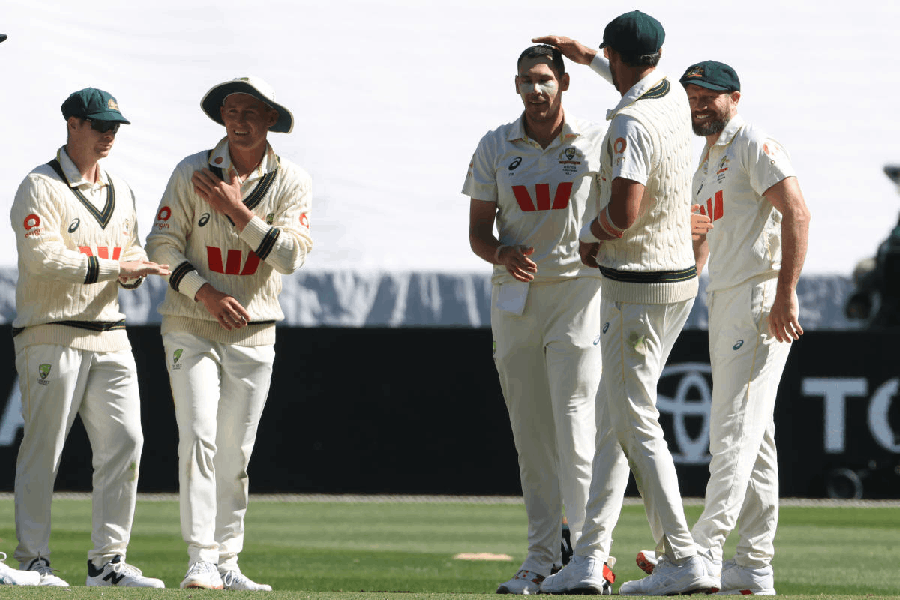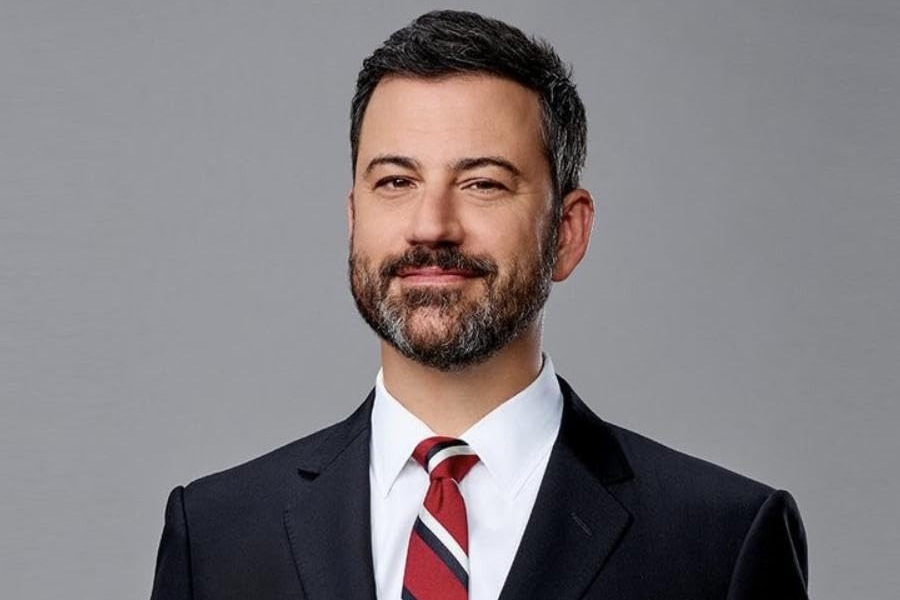India on Thursday recorded its highest-yet daily rise of 83,883 new coronavirus cases as health officials flagged increases in average daily deaths in Delhi and Karnataka and high positivity rates among healthcare workers in six states.
The new cases have raised the country’s total number of lab-diagnosed cases to over 3.85 million, of whom over 2.97 million have recovered, 815,538 patients are under medical supervision and 67,376 have died, 1,043 over the past day.
The Union health ministry released statistics showing that the average daily active cases have fallen over the past two weeks in Andhra Pradesh, Karnataka, Maharashtra, Tamil Nadu and Uttar Pradesh, but average daily case fatality rates have increased in Delhi and Karnataka.
In Delhi, mortality has increased by 50 per cent from an average 12 deaths per day during the August 11-19 week to an average 18 deaths per day during the August 27-September 2 week. In Karnataka, mortality increased by 9.6 per cent from 114 per day to 125 per day over these two weeks.
“We’re seeing this 50 per cent increase in Delhi because over the past few weeks, new infections and mortality have increased here,” Rajesh Bhushan, the Union health secretary, said while briefing reporters on the status of the coronavirus epidemic in the country. The Centre is actively engaging with the Delhi government to take steps to address this issue, he said.
Bhushan also said the health ministry had recorded unusually high positivity among healthcare workers in some states — 18 per cent in Telangana, 16 per cent in Maharashtra, 14 per cent in Delhi, 13 per cent in Karnataka, 12 per cent in Puducherry and 11 per cent in Punjab.
He said the health ministry had alerted the states, urging them to check on hospital infection control practices as well as on the appropriate use of personal protective equipment by healthcare workers.
The rise in the daily new infections in Delhi follows a steady decline for several weeks. Delhi had recorded its highest-yet single-day rise of 3,947 new infections on June 23 but the number fell to 674 on August 3 but have since increased to 2,509 on September 2.
Although antibody surveys have suggested that nearly 30 per cent of the population of Delhi has already been infected by the coronavirus, health experts say
the fresh surge points to the large proportion of population still susceptible to the infection.
While the current surge in daily new cases in Delhi might appear to be a second wave, public health experts say the surge might be the outcome of the virus spreading to new areas across the capital after the lockdown was relaxed.
“What we need ideally is a ward-by-ward analysis of new infections within cities — that will give a clearer picture of what is happening,” said Dileep Mavalankar, director of the Indian Institute of Public Health, Ahmedabad, and an infectious disease epidemiologist.
Mavalankar and other senior epidemiologists have predicted that the virus will continue to spread across the country from cities into towns and villages until the population is protected through herd immunity — either through natural infections or through vaccines.
Some epidemiologists have estimated that herd immunity — a situation in which so many people are infected that they pose barriers to the spread of the virus — is likely to emerge when about 60 per cent of a population is infected.
Population surveys in several cities have pointed to infection prevalence of up to 30 per cent although in Dharavi, a pocket of Mumbai, a survey had detected an infection prevalence of 58 per cent.
“In Dharavi, the number of new cases has fallen sharply,” Mavalankar said.











